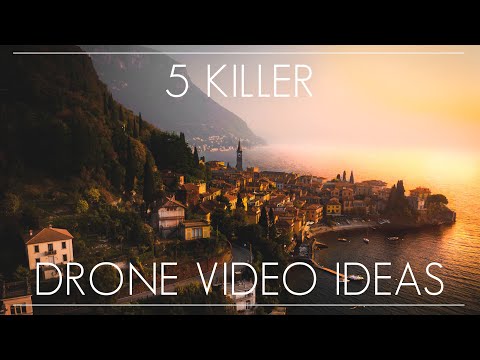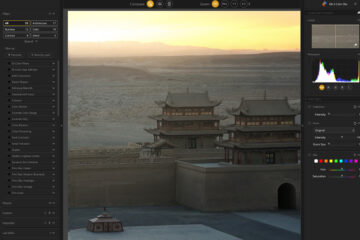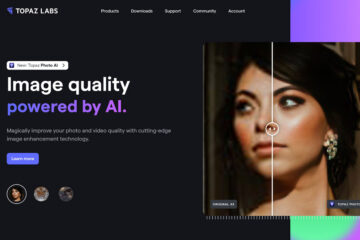Flying a drone for the first time can be scary if you have no previous experience. Find out if it’s worth buying the Aerial Video A to Z video series to help you become a pro and eventually learn how to sell your stock footage.
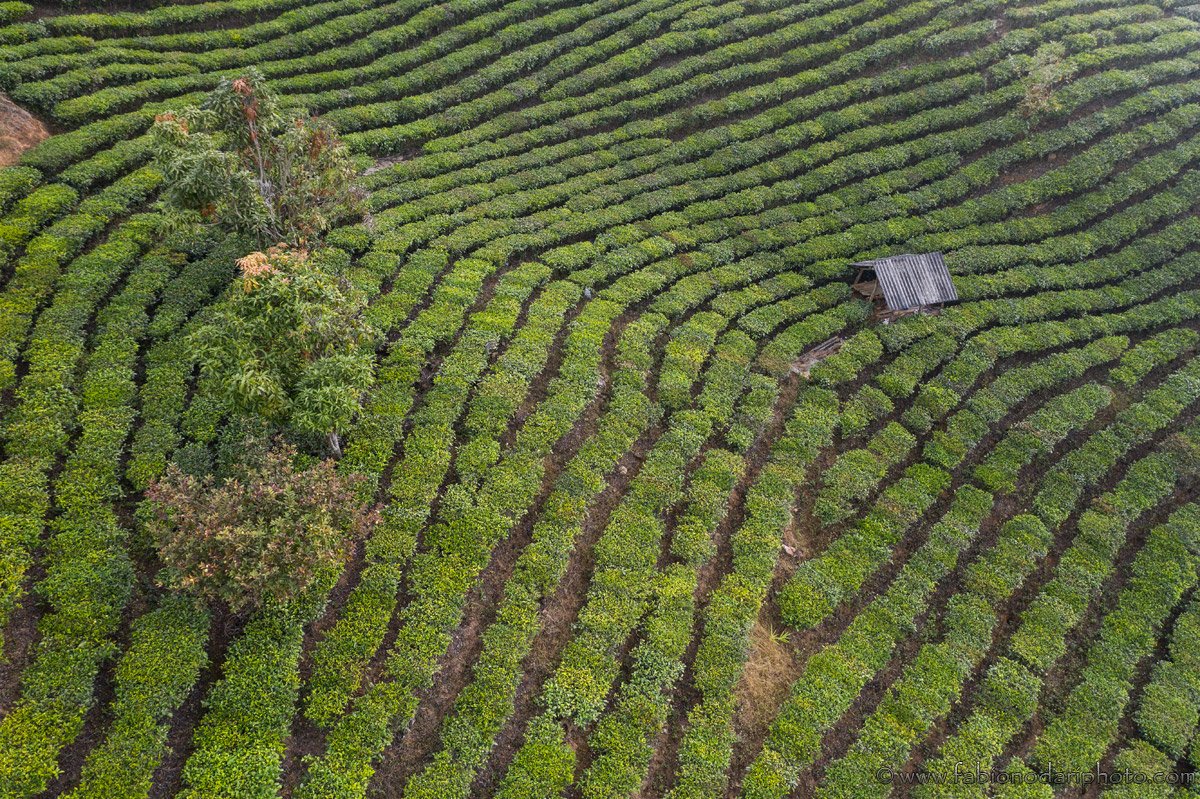
One of the most successful articles in this blog is my guide on how to sell pictures. It might seem strange since this is a Travel Blog, but the truth is that selling pictures and stock footage is a great way to make money WHILE travelling and, therefore, could be the perfect solution if you want to become a digital nomad.
The main problem when creating this type of income is that it takes some time to figure out how to get started. It took me some years to learn all those skills because I learned everything myself.
Luckily, today, there is no shortage of free and paid content to help you learn all you need to know to master whichever skills you need. This is particularly important when flying a drone. Why? There are a lot of skills needed: you’ll need to learn how to fly the thing, how to control the exposure manually (like any other camera), how to edit your content, and finally, how you can monetize it.
Can you learn all of these things by yourself? Yes indeed! But I can guarantee that it will take you a long time, time that could be otherwise spent creating more content, thus helping you to make money (here is my list of the best stock agencies).
This is why I recommend learning these skills by watching a video series that has prepared all the material for you, condensed in a friendly format, and proven reliable.
But first, a short introduction about Stock Footage.
Stock Footage: what is it, and is it worth your time?
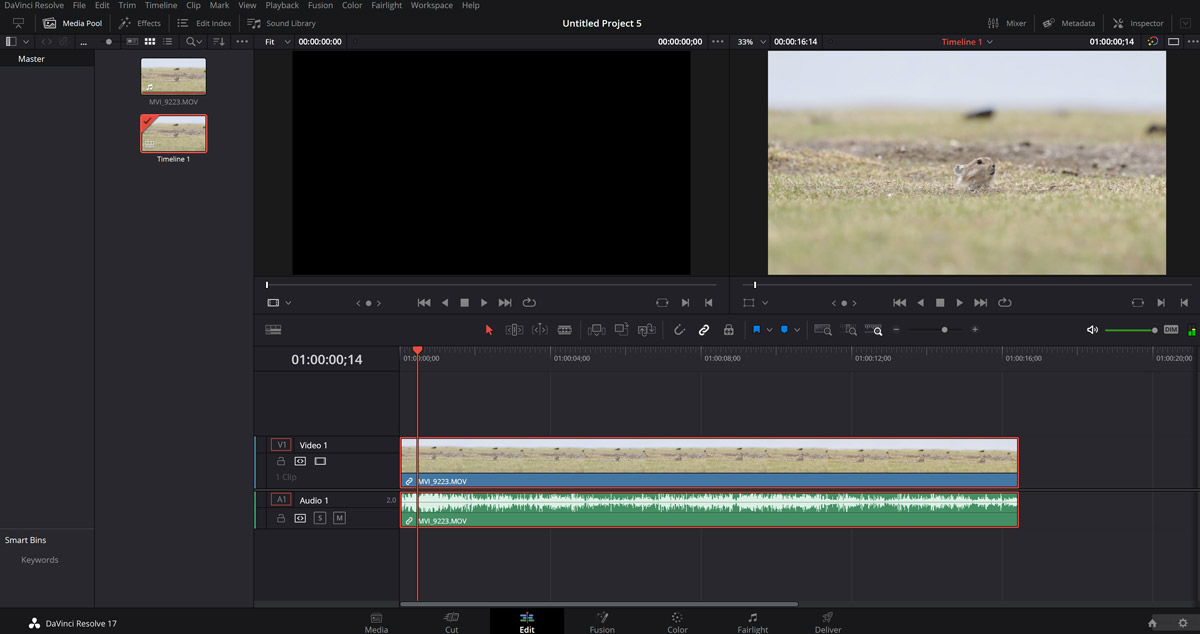
Selling stock footage means selling short video clips through specialized websites. For example, the video clip could be a short time-lapse video of a flower blooming or a real-time aerial view of a tourist spot.
Who buys stock footage? Anyone can buy stock footage. They are often used in news, movies, documentaries, websites, etc… The concept is the same as microstock. If, for example, a producer needs a 5-second video of a rainforest in Brazil instead of flying to South America, he can buy the clip from a specialized website.
Statistically, there is less aerial footage compared to the content created with traditional cameras, so it’s a good idea to use a drone. Besides that, you can ask for more money when selling aerial footage.
With this being said, let’s talk about the video series Aerial Video A to Z.
Aerial Video A to Z: the review

Aerial Video A to Z has been created by Alex Harris, an experienced video editor, after-effects animator, camera operator, and licensed drone pilot. He’s a very experienced guy who has edited for networks (Discovery Health, FOX Sports, HGTV), short films, commercials, weddings, etc.
Besides that, he has also experience as a Director of Photography for over 10 years. Alex also manages a famous YouTube channel called Quickass Tutorials, where he creates, well, quick-ass tutorials 🙂
The course is structured in a way that will teach you everything you need to know, starting from the very basic stuff to some more advanced knowledge. In this regard, I’d say that it’s more aimed at people who want to start from scratch. If you have never flown a drone, this series is exactly what you’ll need.
If you already have some experience, the latter part of the course will most likely be more useful.
Alex is a very experienced content creator; you can tell from how he teaches some of the most complex technical details. It doesn’t matter how difficult the topic is, it will be easy for you to understand.
After a brief section about specific drones and their best settings, you’ll find videos regarding composition and the best angles for shooting cinematic footage. This is particularly useful since it can be quite challenging to understand what you should focus on.
There are also very detailed sections on video editing, colour-grading, and adding music and subtitles to your videos.
In my opinion, one of the most useful sections is dedicated to marketing, an aspect not often discussed in similar video courses. Doing marketing is essential to be able to work as a drone pilot. Alex answers practical questions such as: How much should I charge for my videos? Who owns the videos: me or the customer? And so on… You’ll find practical suggestions on how to start professionally creating content and how to monetize it.
One of the issues I noticed is that all the content has been created using an old generation of drones (Mavic 2 Pro, Air 2, etc.) except for a short section with info about the Mini 4 Pro and the Mavic 3 Pro. Don’t get me wrong: the videos are still very relevant because the content is unrelated to your model. Still, it does feel a bit outdated, even though I understand that it doesn’t make sense to keep filming a new series every time DJI launches a new drone. It’s just something I want you to keep in mind.
Drone Launch Academy – Aerial Video A to Z course: what will you learn?
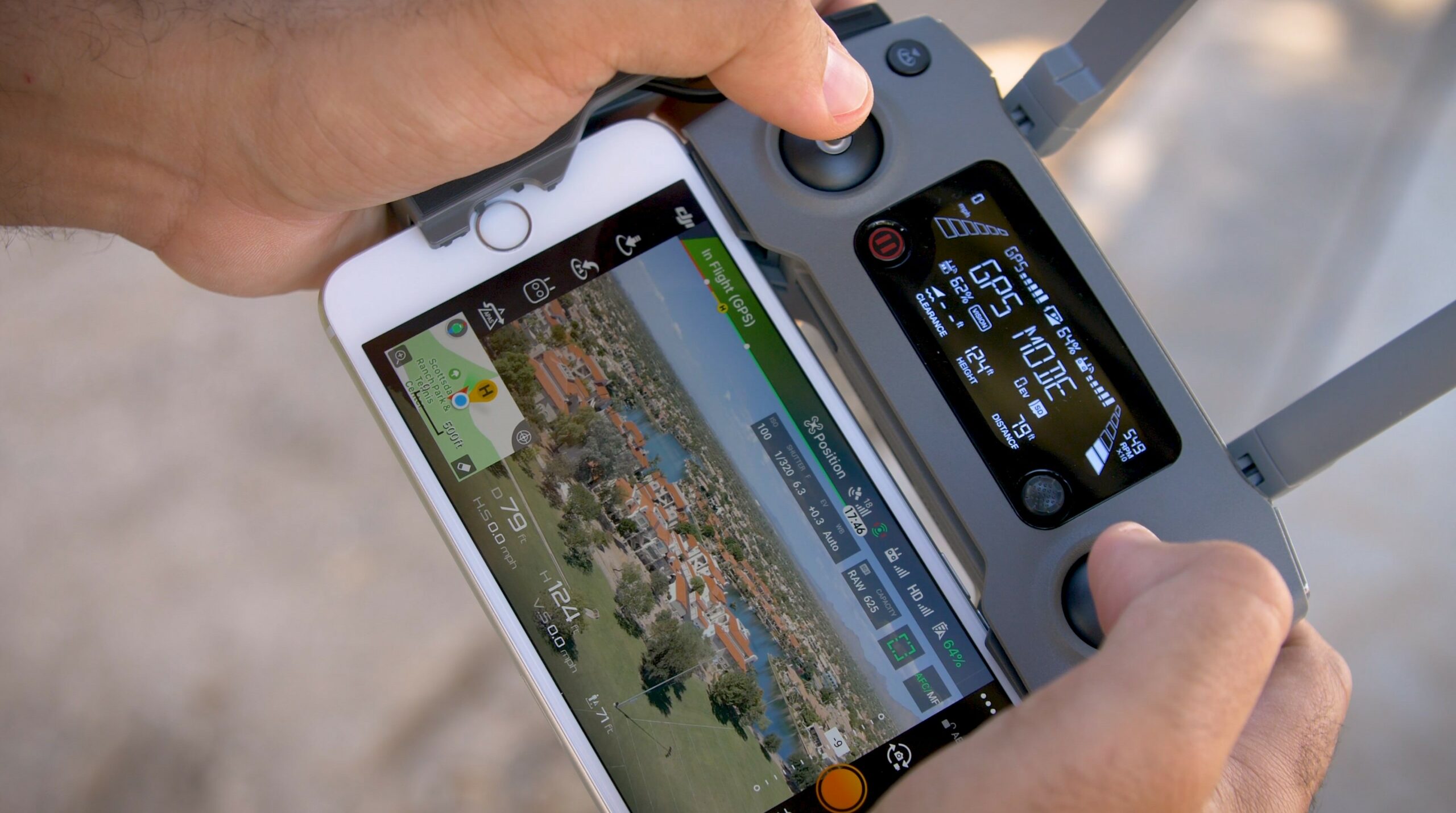
These are some of the things you’ll learn, arranged in the exact order as they are in the video series:
Equipment and Preparation:
- Equipment – What do you need and what do you not?
- Drone Comparison – Model head-to-head with picture comparisons for Price/Picture Quality
- Computer Requirements & What to upgrade first (also Apple products)
- Maximizing your drone’s potential & Best Camera Settings for the best Cinematic Image (with multiple models of drones)
- (Optional) Comparison between Phantom 3 standard – Mavic Pro – Phantom 4 Pro (small update includes Mavic 2 Pro)
Basics of Video:
- Data Rate, Resolution, Frame Rate
Before the Flight
- Best Settings for Smooth, Cinematic Flying
- Plan your route beforehand
- Drone Pilots #1 Amateur Mistake
- Final detail for the Cinematic Image (24fps with ND filters)
Flying, Filming, Cinematography
- Before you Fly – Dos and Do NOTs for Great Shots
- Easy and Good Looking Shots to go for TODAY to up your game
- Photography Principles, Rule of thirds, balance, symmetry
Editing Part 1 – Intro to Video Editing
- Basics of Editing – about the software
- Settings – Optimizing the PC for faster Editing & Keyboard Shortcuts
- Timeline movement, Importing your First Video
- Organizing Multiple Videos on the Timeline Quickly
- Create a Proxy to Speed up Editing and Maximize your PC (even an old one)
Editing Part 2 – Planning your edit, 2nd level adjustments, even FASTER movement
- How to Keep people interested
- Choosing your Best Stuff and quickly moving through all that footage
- Hiding things in the Scenery – Scale, Position, Visibility
- Titles – Standard Text effects vs. The Classy and Mature Look you’ll want to show mom
Editing Level 3 – Bells and Whistles
- Color Correction
- Color Grading to get the Cinematic Look
- Fixing too bright/too dark footage
- Adding Music and Audio controls
Finalizing – Effects, Transitions, and Touch-Ups to take it Next Level
- Effects and Timing
- FINAL Edits, Effects, and Timing
- Export Settings for Best Quality
- Other Tricks and Fixes
- Keyframing
- Selecting Groups and Clips Faster – Separating Audio/Video
- Fill Gaps with Rate Stretch and Frame-Hold
- Warp Stabilizer
- Shooting Slow-Motion Correctly & Frame Rates
The course will also grant you access to a private Community Facebook Group where you can discuss drones, share your work, post questions, find out how other people make money and handle job types, or discuss anything related to aerial video.
Besides that, you can download some of Alex’s footage and familiarize yourself with some of the tools and methods mentioned in the videos.
Final thoughts

As you can see, the topics are very practical, and many of the things explained can be applied to both microstock and stock footage. Alex will tell you which mistakes you’ll have to avoid and help you earn some money by selling stock footage. You will understand that there are no easy ways to get rich quickly, but you will learn the right method to become a professional drone pilot, and therefore, you’ll be able to maximize your earnings.
If you use my affiliate link, you’ll save 100$ from the total price. I’d say it’s a pretty awesome deal:
If you are still undecided, remember that the course has a 30-day, no-questions-asked guarantee. Need I say more?
If you want a video series more focused on photography, you can get the Aerial Photo Pro ($50 off with this link). If you want a basic video series but completely FREE, you can watch it here: Drones 101. Finally, if you are based in the States and need to take the FAA 107 test to fly commercially, check out this exam prep course (50$ off).
To conclude this article, I personally recommend this video series if you are seriously thinking about learning to fly a drone and monetize this hobby. The course is not cheap, but if you apply what you learn, it will pay itself out quickly.
On this page, you can get your A1-A3 and A2 European certificates. These certifications are mandatory if you are planning to fly in Europe. Interestingly, it’s now possible to complete the A2 certification (for drones weighing 900g and above) online.
Here, you can read my review of one of the best Photoshop Plugins to merge two or more exposures. Here, you can find a useful article with the latest drone regulations worldwide.
